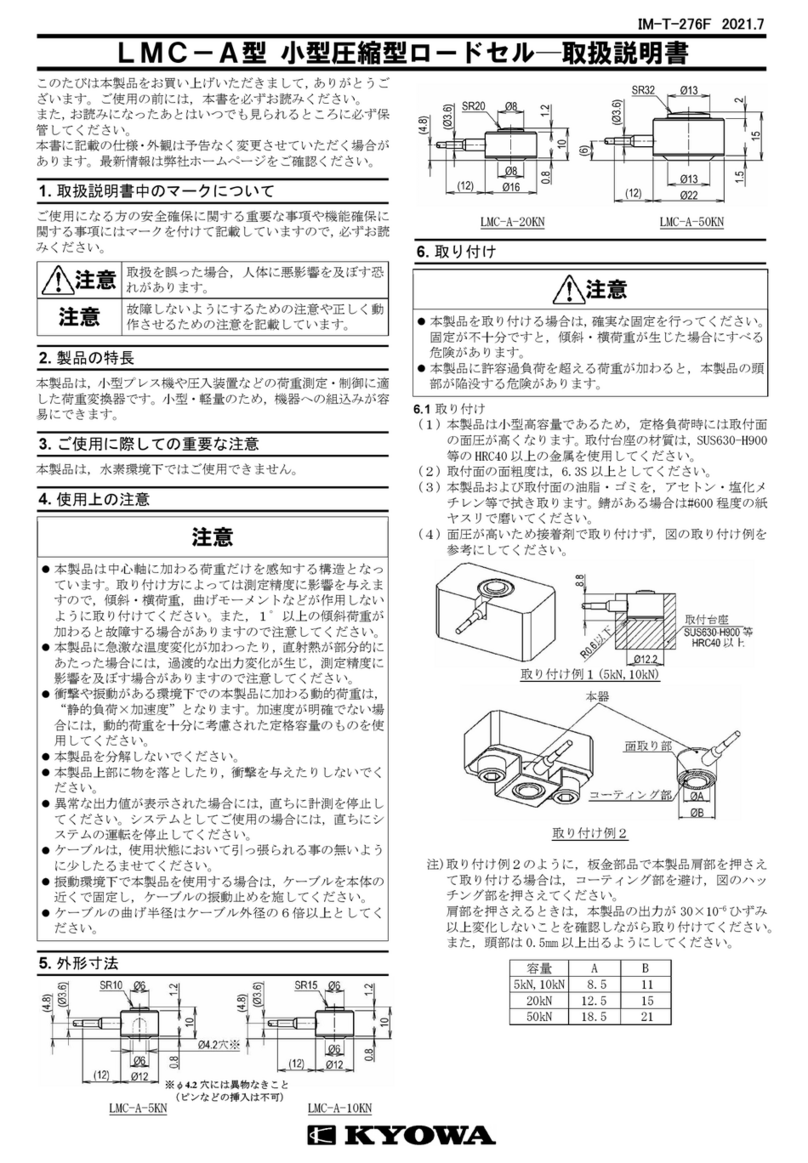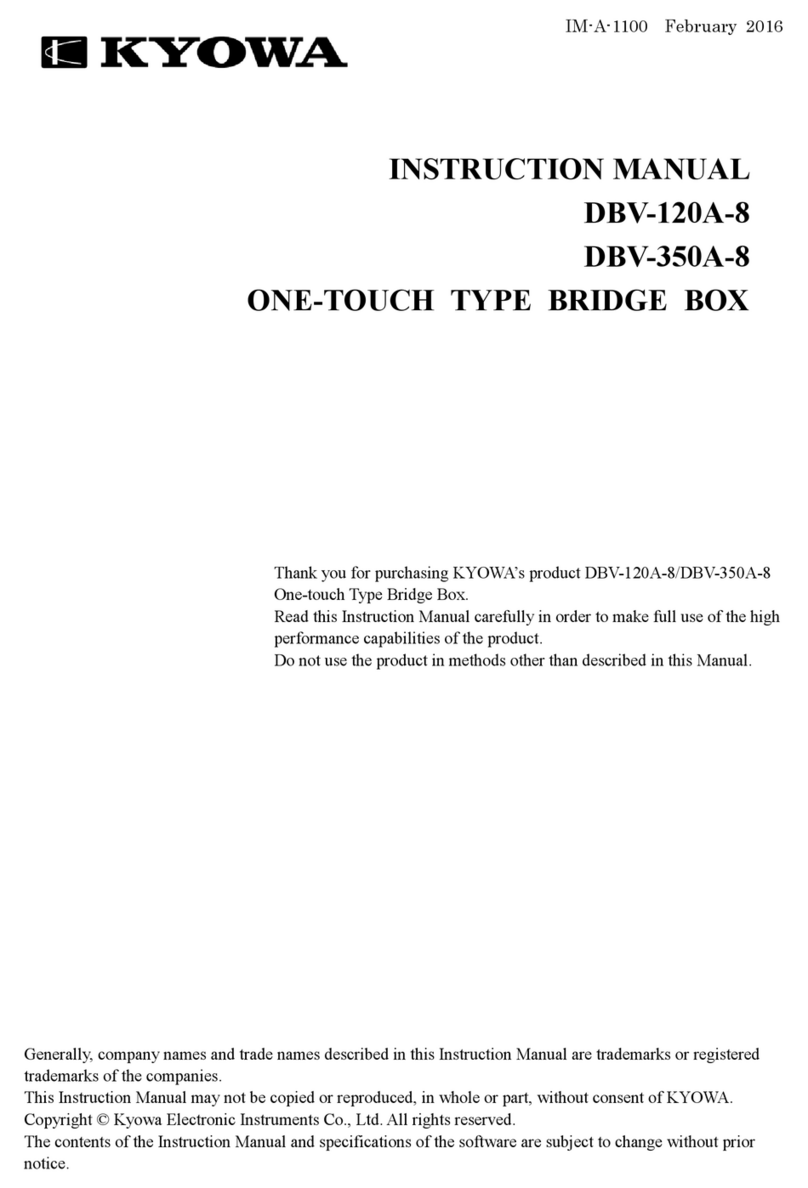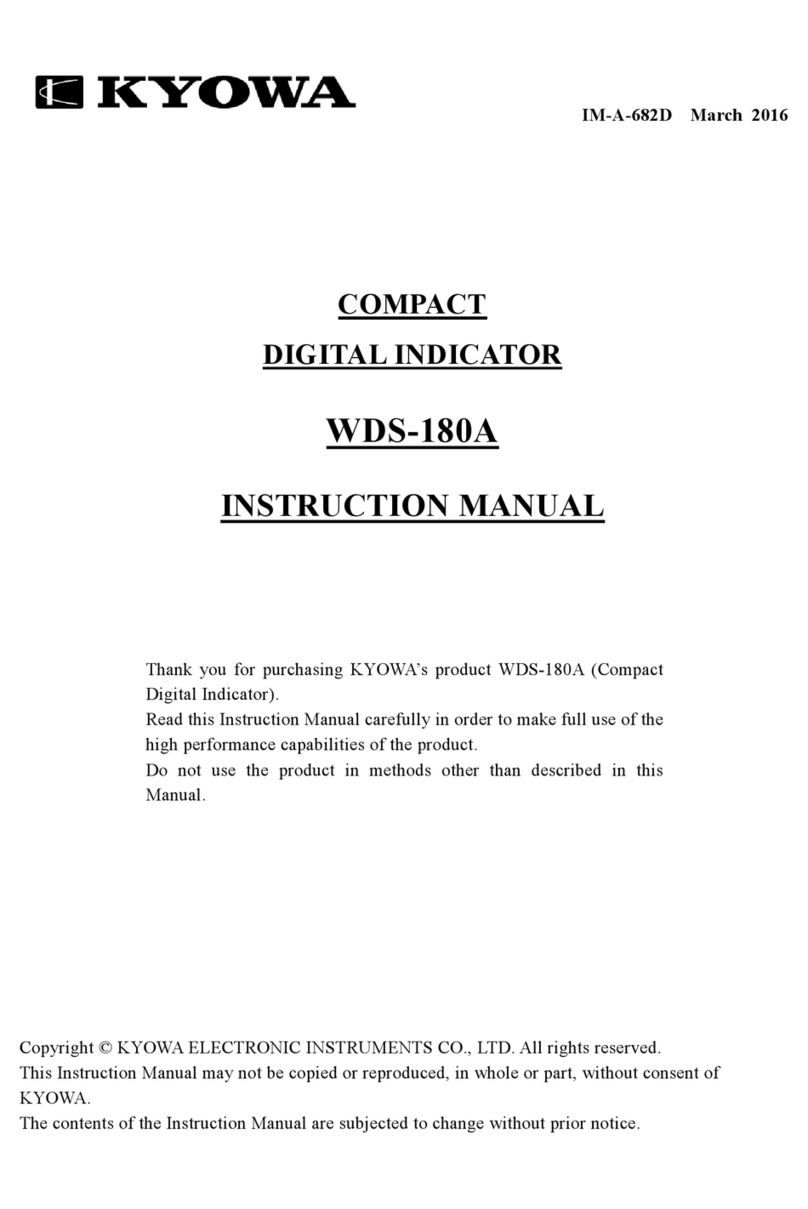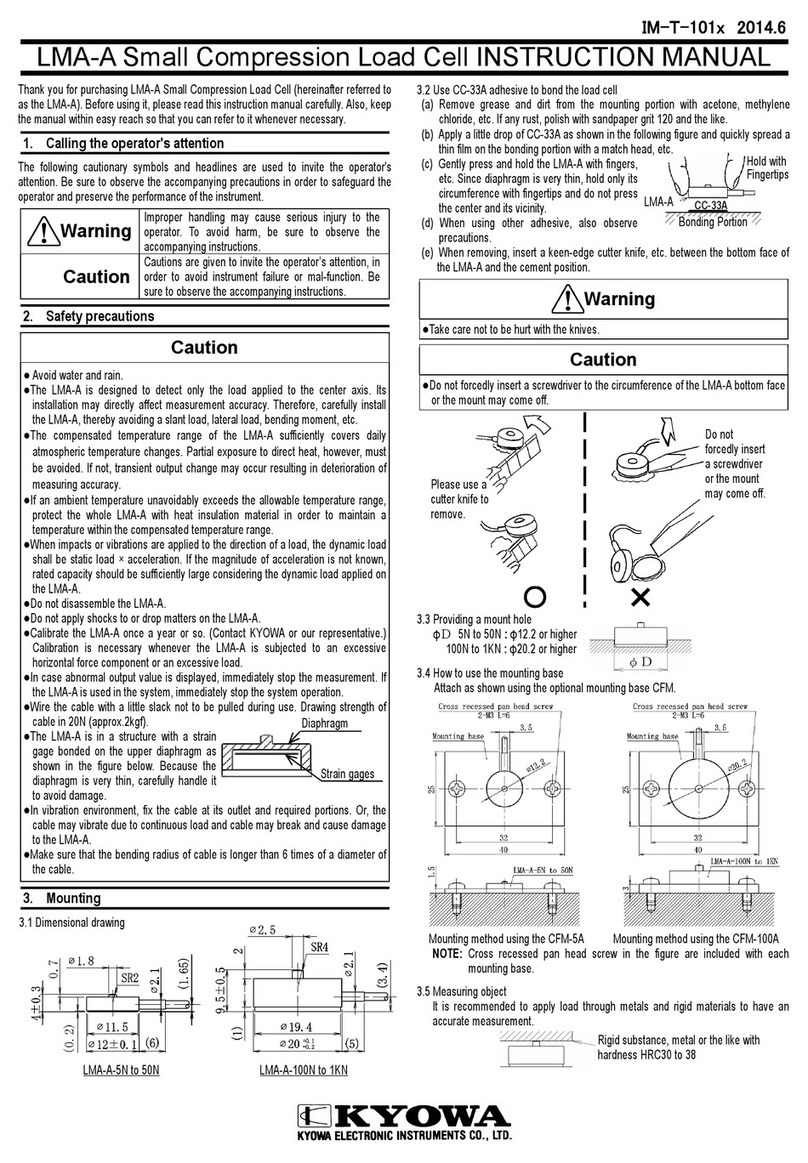1
CONTENTS
CONTENTS ··············································································································· 1
SAFETY PRECAUTIONS (Do not forget to read the safety precautions prior to use.)························ 4
LIMITED LIDE PARTS AND PREVENTIVE MAINTENANCE················································ 7
MRS-100 Series REPLACEMENT BEFORE THE END OF SERVICE LIFE ································· 7
NOTATIONS USED IN THE INSTRUCTION MANUAL ························································ 7
1. OUTLINE OF PRODUCT ··························································································10
1-1. OUTLINE·························································································································· 10
1-2. FEATURES ························································································································ 10
1-3. Combination models·············································································································· 11
2. CONTROLS AND FUNCTIONS ··················································································12
2-1. 1ch-Receiver······················································································································· 12
2-1-1. FRONT PANEL·············································································································· 12
2-1-2. REAR PANEL ··············································································································· 21
2-2. Transmitter ························································································································· 22
3. Wiring method·········································································································28
3-1. Receiving antenna················································································································· 28
3-2. Transmitting antenna·············································································································· 28
3-4. Wiring method of the transmitter ······························································································· 31
4. Measuring Mode and Command Mode············································································34
4-1. Telemeter operating modes ······································································································ 34
5. Actual Operation ······································································································37
5-1. Operations before measurement································································································· 38
6. Transmitter power supply····························································································42
6-1. Transmitter recommended battery ······························································································ 42
6-2. LEDs lighting conditions for monitoring transmitter power supply voltage·············································· 43
6-3. Estimated operating time of the recommended battery (If using the MRS-104A-S) ···································· 44
6-4. Estimated operating time of the recommended battery(If using the MRS-101A-S/SE) ································ 47
6-5. Estimated operating time of the recommended battery(If using the MRS-101A-V) ···································· 50
7. Supplementary System Information················································································53
7-1.Antenna installation guide ······································································································· 53
7-2. Reception system using two receiving antennas (diversity reception techniques)······································· 59
7-3. Using the extension cable for the receiving antenna ········································································· 61
7-4. OPTIONALACCESSORIES ··································································································· 62
7-5. Radio interference················································································································· 63
7-6. Usage examples ··················································································································· 64
8. SPECIFICATIONS ···································································································65
8-1. MRS-114A ························································································································· 65
8-2. MRS-104A-S (4ch-Strain Transmitter) specifications······································································· 67
8-3. MRS-101A-S (1ch-Strain Transmitter) specifications······································································· 69
8-4. MRS-101A-SE (1ch-Strain Transmitter(EXTAntenna)) specifications··················································· 70
8-5. MRS-101A-V (1ch-Voltage Transmitter) specifications····································································· 71
8-6. MRS-10B (Setting Software) specifications ·················································································· 72
8-7. OUTSIDE DRAWING ··········································································································· 73
8-7-1. MRS-114A (4ch-Receiver)································································································· 73
8-7-2.MRS-104A-S(4-ch Strain Transmtter)················································································ 74
8-7-3. MRS-101A-S (1ch-Strain Transmitter)··················································································· 75
8-7-4. MRS-101A-SE (1ch-Strain Transmitter(EXTAntenna)) ······························································ 76
8-7-5. MRS-101A-V (1ch-Voltage Transmitter) ················································································ 77
8-7-6. DA-DB-05RP-SMA-08(High gain dipole antenna)································································ 78
8-7-7. Fastening bracket ············································································································ 79
































